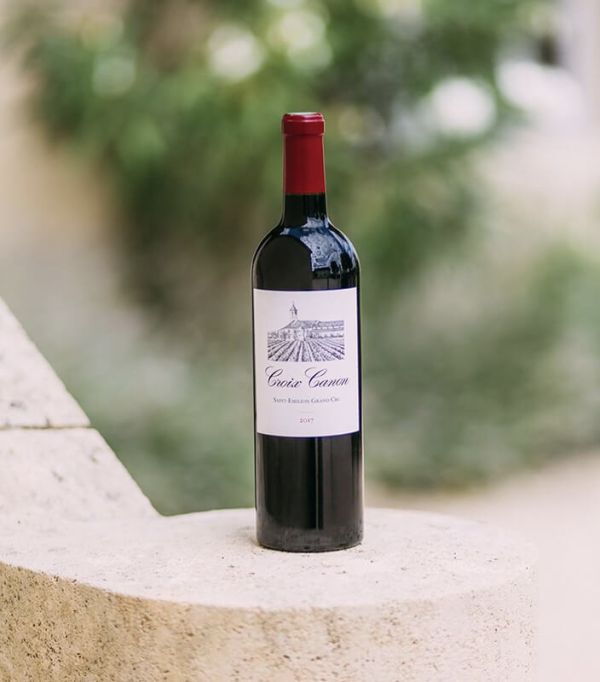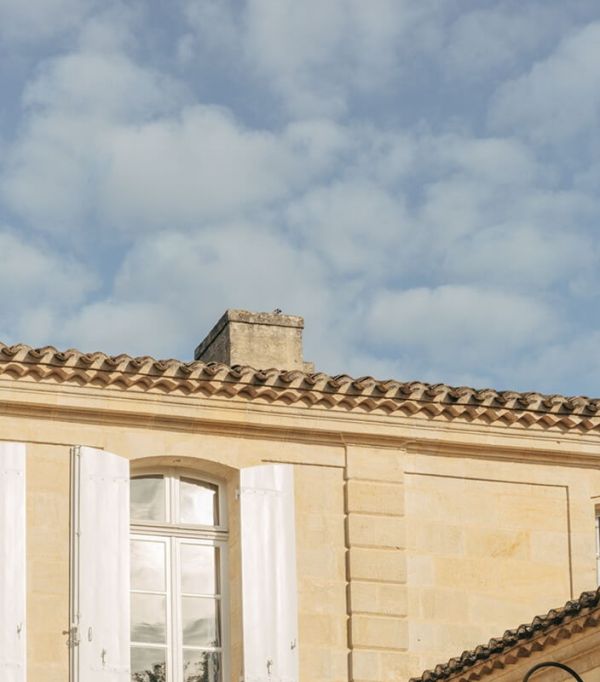Way of life


A SUNNY DAY IN SAINT-EMILION
Canon is particularly known for its light. The laughter, the encounters, and all those windows thrown open towards Saint-Emilion, the hillsides and the aromas. A bike ride with colours that filled our mouths as much as our eyes. Memorable and sunny, just as we like it.
Brimming with joy.

WELCOME
CHAPTER 1.
ARRIVING AT THE CHATEAU
To reach the top of the plateau, we follow the low walls winding their way through the mazes. Inside them stand the vines. We pass through the gateway to the Canon gardens. Opposite us is the second gateway. Roses climb the gate and outline the chateau with its impressive geometric architecture.
And yet, here nature resonates. Beyond the battlements on the tower and building is the blue sky. To our right, wisteria is creeping everywhere, and there is a bike resting against the wall. Our noses are already alert.
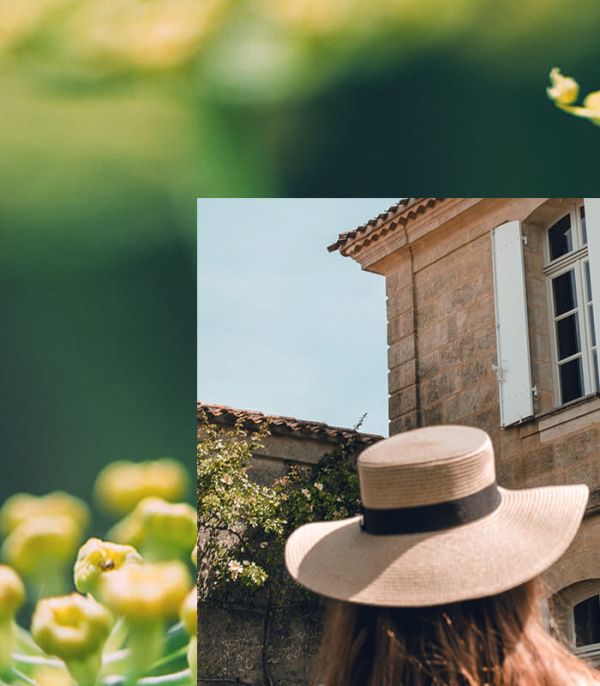
Roses climb the gate and outline the chateau with its impressive geometric architecture.
RIGHT IN TIME
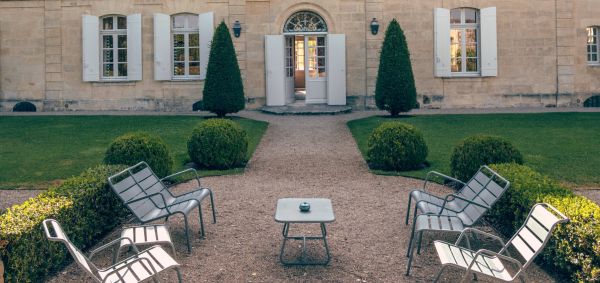
The first person we meet says hello, and the first smile tells us that our day has begun. Everything is here, within sight and arm’s reach. In the chateau, colour welcomes us from all over. A series of patterns and furniture in various styles. However, the overall effect remains resolutely modern. We want to look at everything, but our attention has already been drawn by the windows.
Behind the estate, they overlook the little monastic garden, the square patch of aromatic herbs, and the nearby bell of the Saint-Martin church. In the kitchen we find the chef, who invites us to the kitchen garden for lunch. We say yes.
EN ROUTE
CHAPTER 2.
STROLL TO THE TOP
We have to take the bikes. Head up the wide driveway through the vines. The wind in our hair and rays of sunshine caressing our skin. The light here is powerful. Far away, behind the rows of vines, you can see the Saint-Emilion steeple. As we go, a winemaker taking a break explains his work. How he monitors and understands the plant. Fascinating. Full of enthusiasm, we head to the Curé Bon kitchen garden. We are eager to see it.
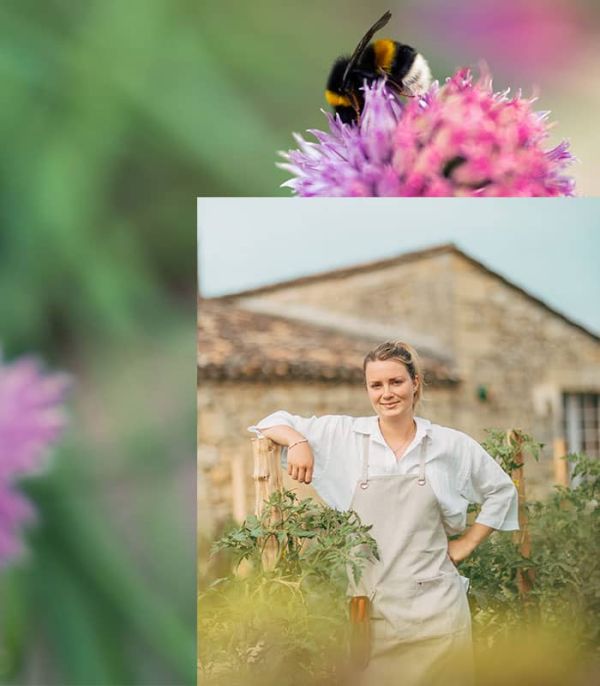
Inspiration comes from the moment.
A TREASURE HUNT
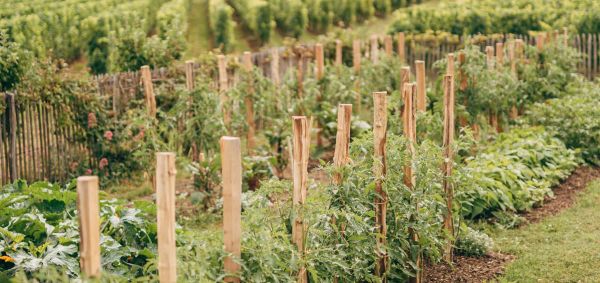
From the road, we can see colours everywhere... Mouthwatering. We put our bikes down to look at the strawberries, peas, beans, multicoloured rhubarb, artichokes, currants and onions. There are tomatoes of all kinds, Lauzac lettuce, fennel, and even Vietnamese mustard and chamomile flowers. It is a gourmet laboratory!
We want to pick and taste everything. Delightful. We place our treasures in Château Canon’s wooden crates so that chef Jean-Baptiste Depons can use the day's harvest to create a dish. He tells us that ‘inspiration comes from the moment’. That sums up our morning...
DINNER TIME
CHAPTER 3.
A VILLAGE TASTING
Back on our bikes, we reach the gates of the medieval town via the Nuns' Gate. This is where the Canon vineyards adjoin the village of Saint-Emilion. As soon as we arrive, we are gripped by the remains of the Cardinal Palace, the large wall and the paved alleyways. The village and its vineyards are a UNESCO World Heritage Site...
It is a remarkable piece of heritage, built in a basin and punctuated by traces of the Roman era. The various religious buildings and the monolithic church contrast with the daily life of the cafés, terraces and small shops. This resonates on.
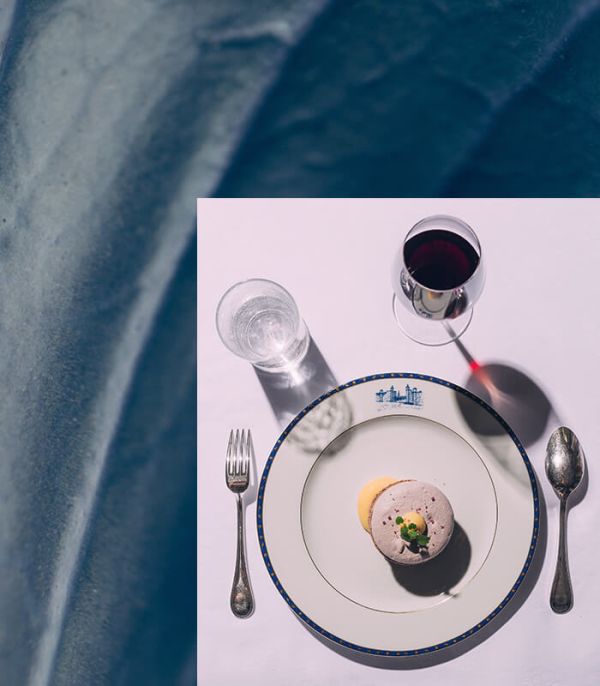
ONLY THE FRUIT REMAINS

We finally arrive at the village plot, adjoining the Cordeliers cloister. Here, in one of the last remaining plots within the village itself, 15 acres of Merlot are tilled by horse in the ancestral tradition. The walls create an intimate atmosphere. We settle down in the little garden...
An iron table. Colourful, minimalist plates. The surrounding aroma of peonies and white flowers. And above all, a vibrant red to enjoy. Fruit. Fruit. Fruit. As sunny as its home. Sensual and carnal. The power of the moment. We could happily linger here.

